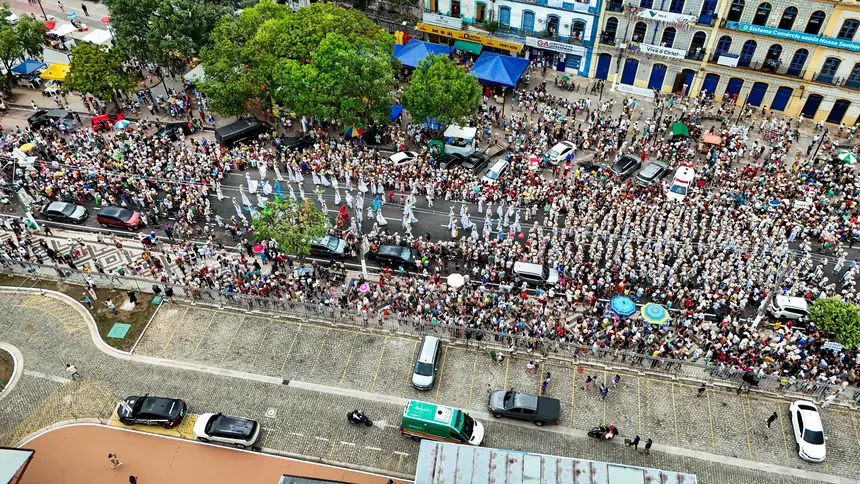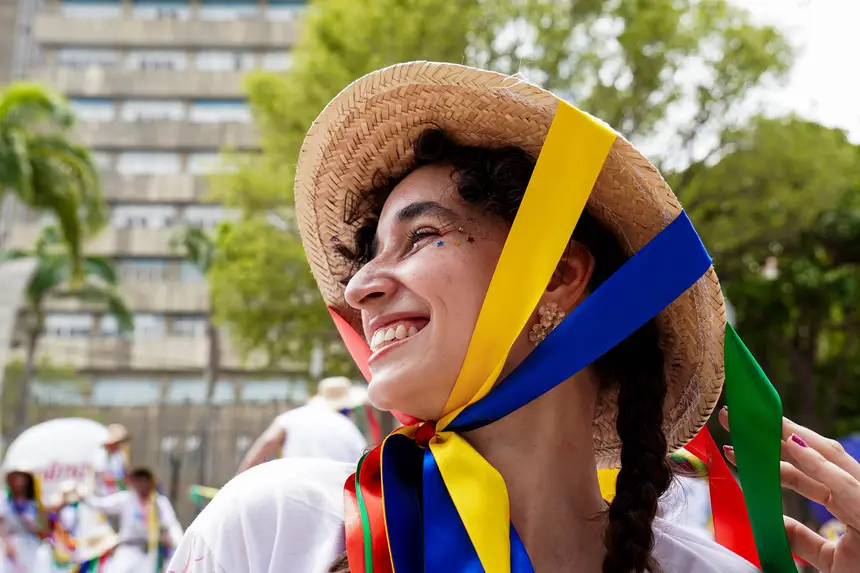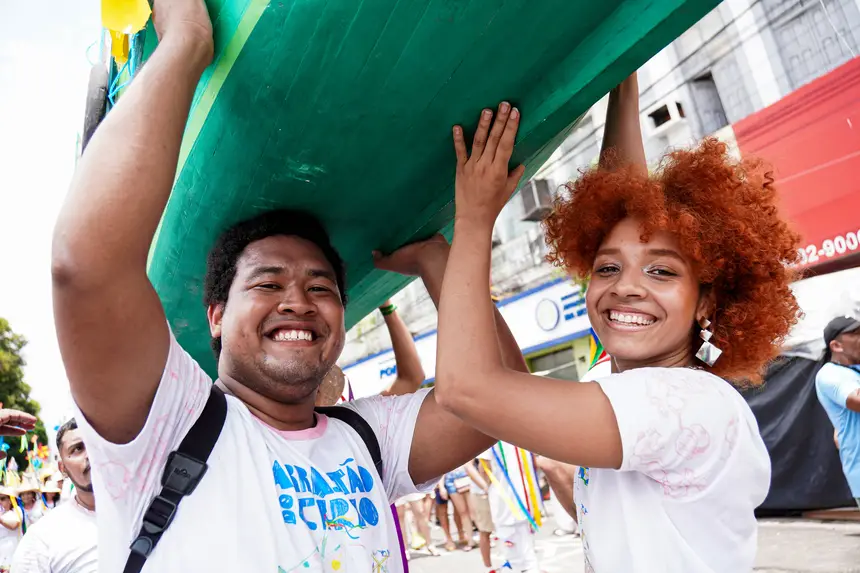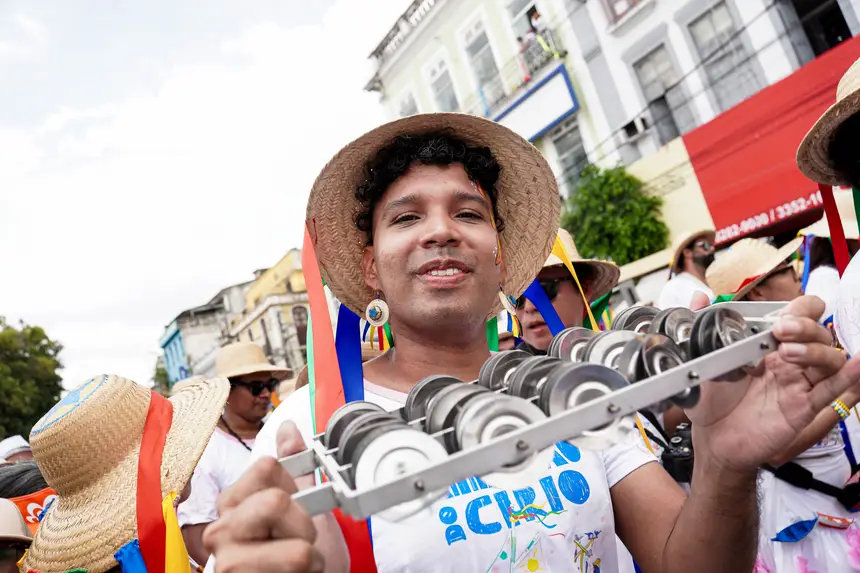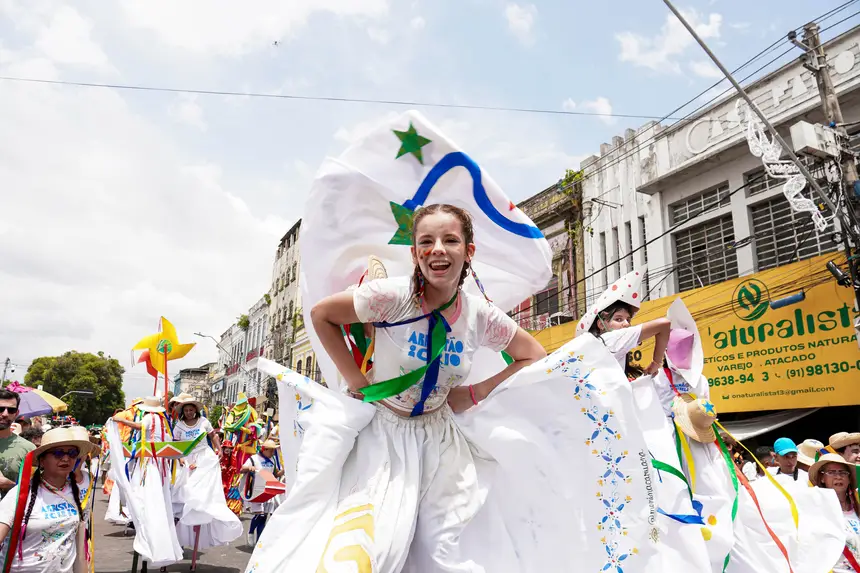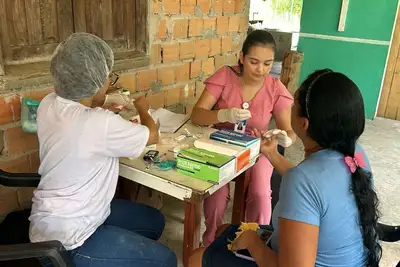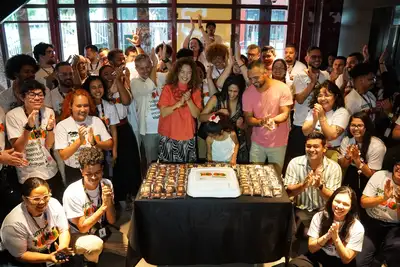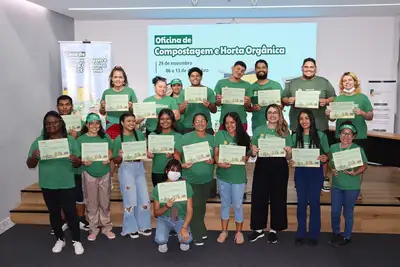Círio's Arrastão Brings Together Tradition and Ancestry in Tribute to Our Lady of Nazaré in Belém
The procession was supported by the Government of Pará and highlighted Amazonian cultural expressions on the morning of this Saturday (11)
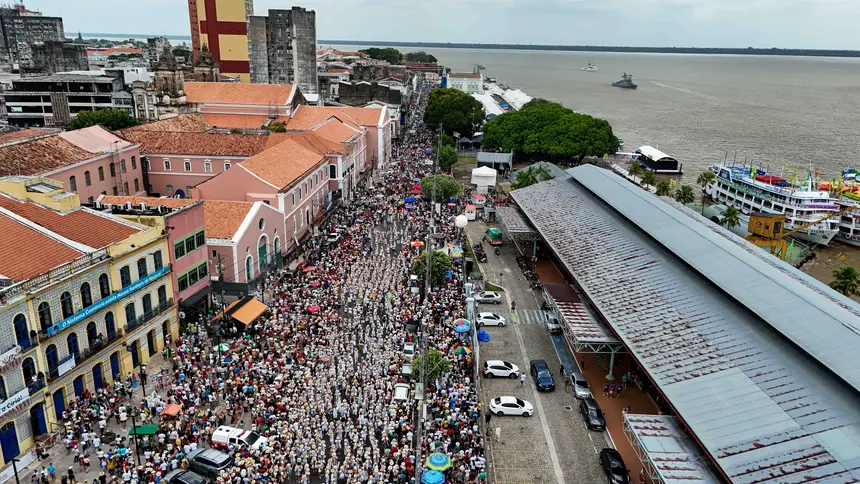
With the support of the State Government, the 23rd edition of Círio's Arrastão transformed the morning of this Saturday (11) in Belém into a celebration of faith, popular culture, and ancestry. The procession began at 9:30 AM with the traditional "Opening Ritual" and the "Ancestral Circle," gathering songs and dances from indigenous and quilombola peoples in tribute to Our Lady of Nazaré.
The manifestation reinforces the State's commitment to strengthening Amazonian cultural expressions. At the moment of the arrival of the pilgrim image of the Círio Fluvial, at the steps of the Port Wharf, the Batalhão da Estrela made its greeting with Pará rhythms.
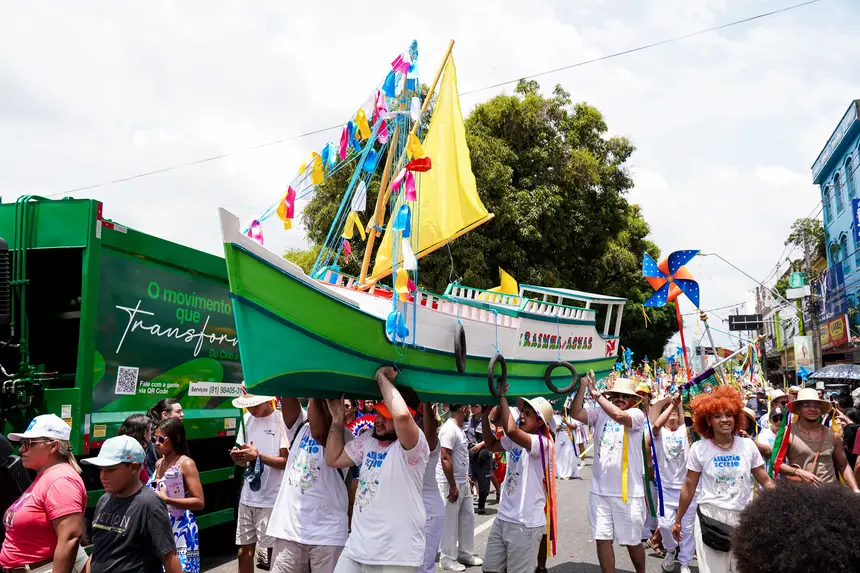
Barca Rainha das Águas: Amazonian Symbol in the Procession
Unlike traditional June processions, Círio's Arrastão incorporates unique elements linked to Marian symbolism and riverside culture. The highlight is the Barca Rainha das Águas, a representation of traditional naval carpentry from the Amazon and the Círio Fluvial, replacing the iconic Boi Pavulagem in the tributes.
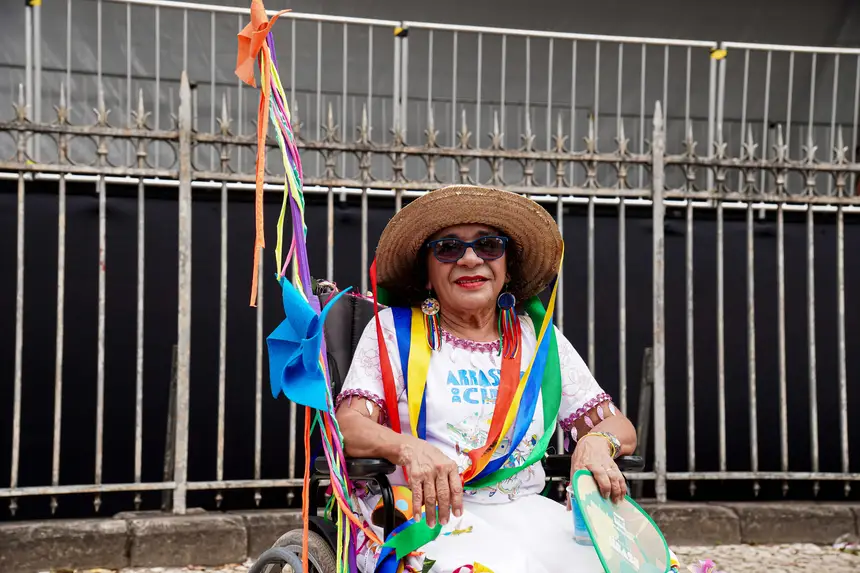
“It’s hard to even speak because the emotion has already taken over us. The possibility of Our Lady arriving here with us to be honored is a very big emotion. But everything is prepared with a lot of care, it turned out very beautiful,” declared Júnior Soares, musician and co-founder of Arraial do Pavulagem.
Faith, Art, and Belonging
With a program marked by music, dance, and theatrical performances, the procession also brought messages of forest and river preservation in the Amazon, connecting faith and environmental awareness. “We prepare a whole performance, rehearse daily to be able to make this beautiful presentation that you are seeing, and when it arrives here, it’s impossible not to be moved, to see it pass, to see the joy of the people,” said Bianca Lima, a member of the pernaltas team.
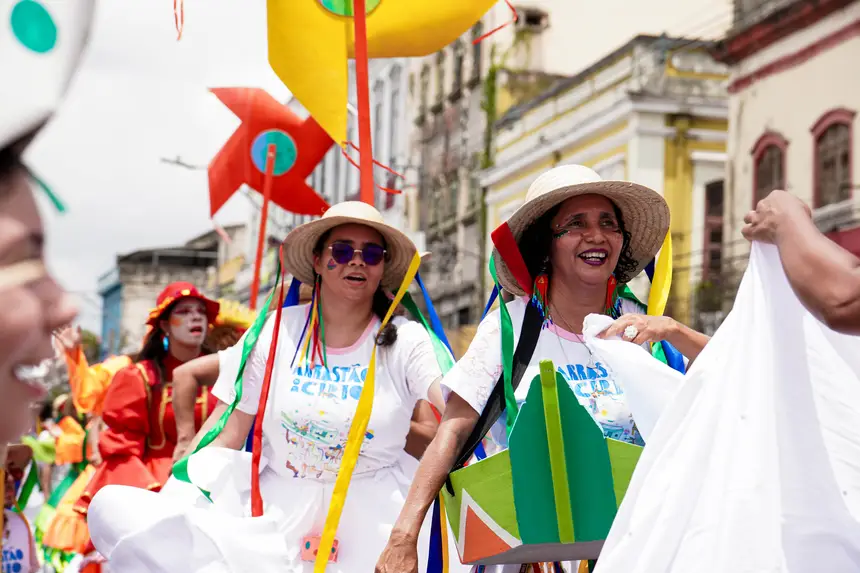
Círio's Arrastão also reinforces the role of the festival as a space for inclusion. Socorro Cabelo, for example, almost gave up participating after an accident but was encouraged by the community. “I said I wouldn’t participate anymore, but people said, ‘No, you will come even if it’s in a wheelchair,’ and honestly, I’m so glad I came because the arrastão is a liberation for me. You can be in any state, upset, but you forget everything. I have a lot of gratitude for Arraial do Pavulagem and love this tribute. I have a lot of hope in Our Lady,” she stated.
Tradition that Crosses Generations
The event also gathers participants from various regions of the state, like Rosiana Sorvagaia, who came from Cametá with her family. “I’m going to follow the arraial because it’s one of the strongest emotions, you can’t hold it back, that’s why I come every year. I always have my outfit ready to come to Belém, and now I’m waiting for our little mother to see her pass by and bless us,” she said, emotional.
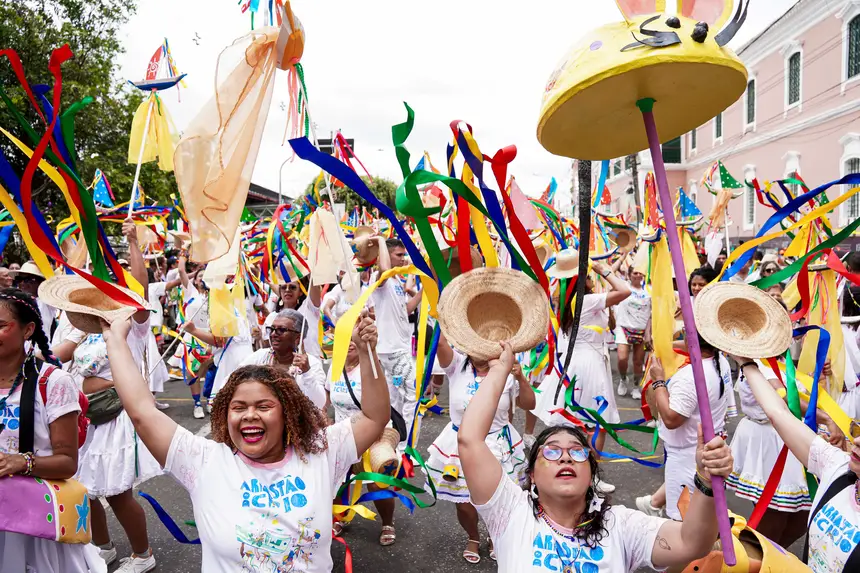
Claudia Lopes, who has participated in the Arraial do Pavulagem for years, paraded for the third time in Círio's Arrastão. “I’m in percussion, I play the maraca and join the arrastão to pay tribute to the saint and thank more and more for my health. You have to be here to understand how emotional it is,” she reported.
Closing with a Show at Praça Dom Pedro II
After following the departure of the Moto Romaria, the procession continued to Praça Dom Pedro II, in the historic center of Belém, where Arraial do Pavulagem held the traditional closing show of the event, gathering hundreds of people in a celebration of faith and popular culture.
Text: Juliana Amaral/ Ascom Secult


